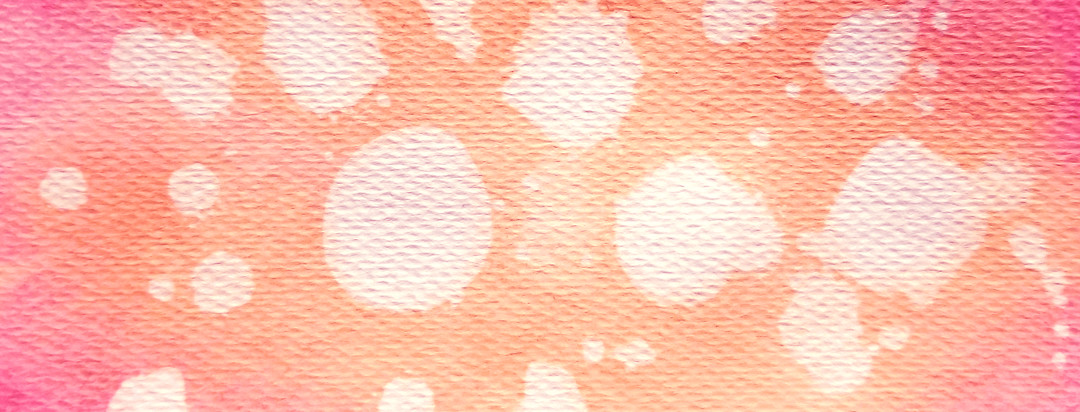What is Pityriasis Alba?
Pityriasis alba is a common skin condition seen most often among children aged 3 to 16. The name comes from the Greek words pityriasis meaning “scaly,” and alba meaning “white.”1
Pityriasis alba is not a dangerous condition, and most cases resolve on their own after age 16 or by the time people reach adulthood. It affects approximately 2 to 5 percent of children.2 There is wide variation in how long individual flare-ups of pityriasis alba can last, ranging from one month to 10 years. However most cases clear up in a few months to a year.1
The lightened skin patches characteristic of the condition can be more noticeable in the summer, when the surrounding skin tans. Lightened patches can be more noticeable on darker skin tones, as well.3
Symptoms of pityriasis alba
Pityriasis alba is characterized by the presence of ill-defined, often rounded or oval, sometimes scaly, mildly red, pink, or regular-colored patches on the skin. The patches eventually resolve, leaving slightly faded areas on the skin.2
- The patches occur most often on the face, particularly on the cheeks.
- 50% of people with pityriasis alba experience symptoms only on their cheeks.
- Other areas are the upper arms, neck, or shoulders. Fewer than 20% of children experience symptoms on their upper body.
- Patches are less common on the legs or trunk.
- The patches are usually 1-4 cm. in diameter.
- They are usually found in groups of 4 or 5 to 20 or more.1
How is pityriasis alba diagnosed?
Diagnosis of pityriasis alba is made based on clinical signs and symptoms.3 Skin lightening (also known as hypopigmentation) is common after an episode of swelling, for example, and it can sometimes result from the use of topical steroidal creams or other beauty products.
Lightened patches can also be caused by certain autoimmune conditions and fungal infections, among other things. In seeking to make a diagnosis, a doctor might conduct a few tests to rule out other possible conditions that can cause similar symptoms.
These include:
- Scrapings to rule out fungal infection
- Examination under a special lamp called a “wood lamp”
- Skin biopsy, but these are very rarely needed1
Causes and treatment for pityriasis alba
The exact cause of pityriasis alba is not fully understood, but dermatologists think it is a mild manifestation of atopic dermatitis, a more severe form and most common form eczema.3
Pityriasis alba is not a serious ailment, and it generally resolves on its own. It is not contagious, and it is not caused by any kind of germ or fungus. Most cases are gone by adulthood. There are a few treatments that can help reduce symptoms or encourage healing, if needed.1
- Regular use of over-the-counter creams or lotions to help the skin retain moisture
- Use of an over-the-counter low-dose topical corticosteroid cream (like hydrocortisone) to reduce redness and itching
- Use of a prescription non-steroidal topical cream that reduces redness and itching. There are two currently available: Protopic and Elidel.
For more persistent cases, UV light treatment, laser treatment, and other prescription creams may also be effective.1
Community Poll
Do you have experience with TSW?

Join the conversation